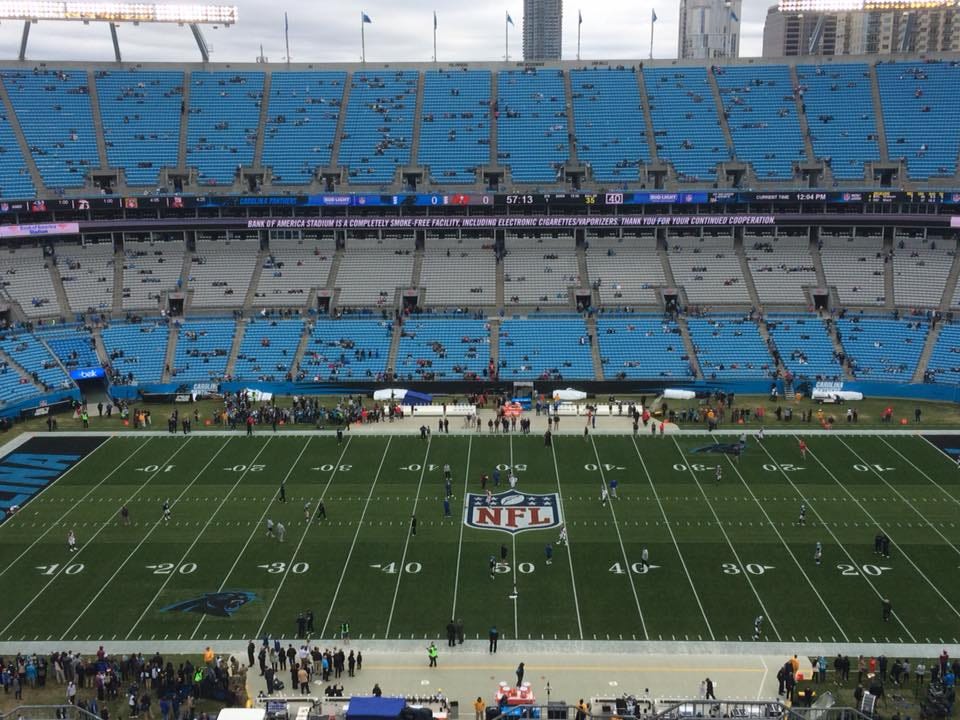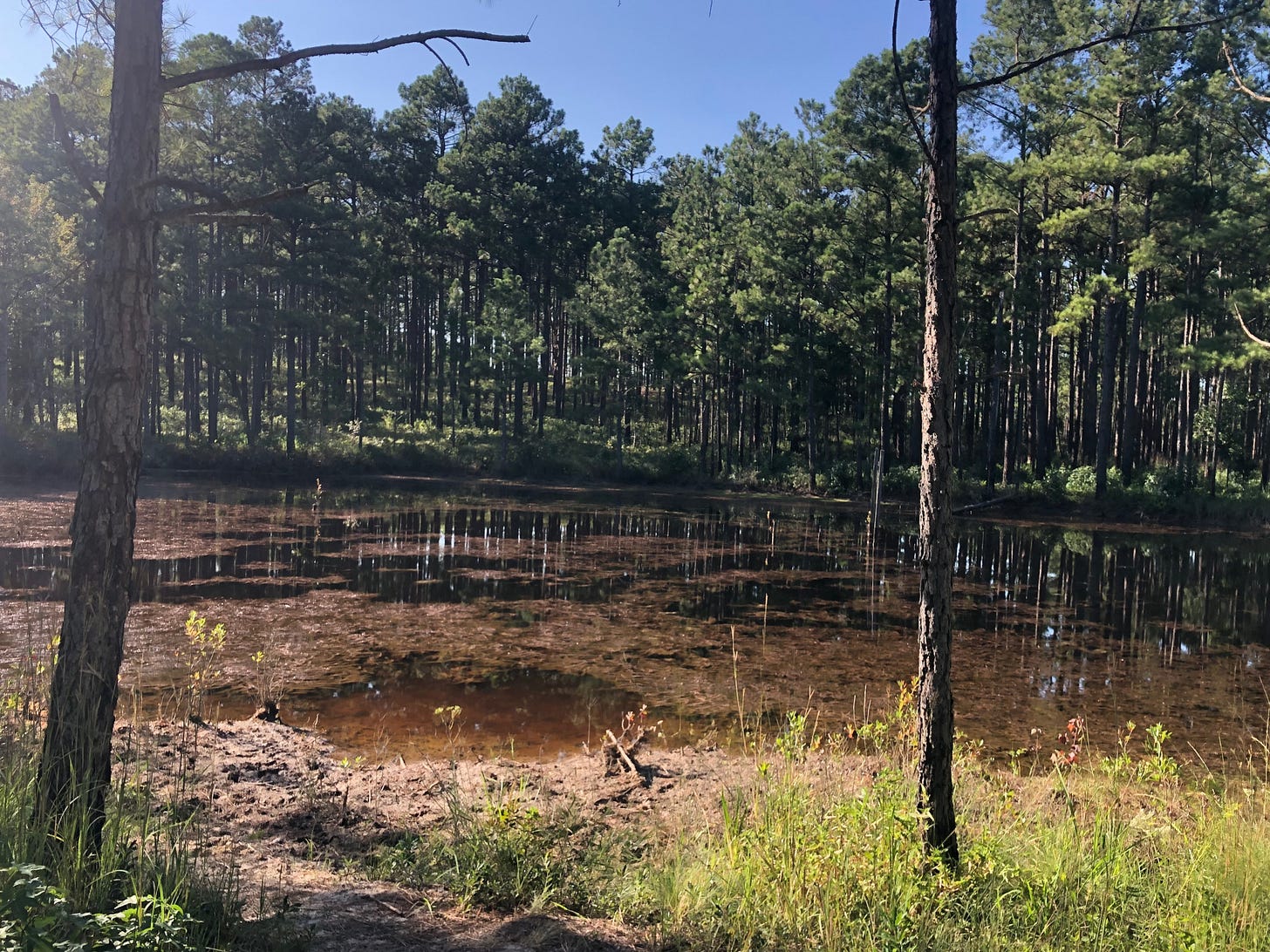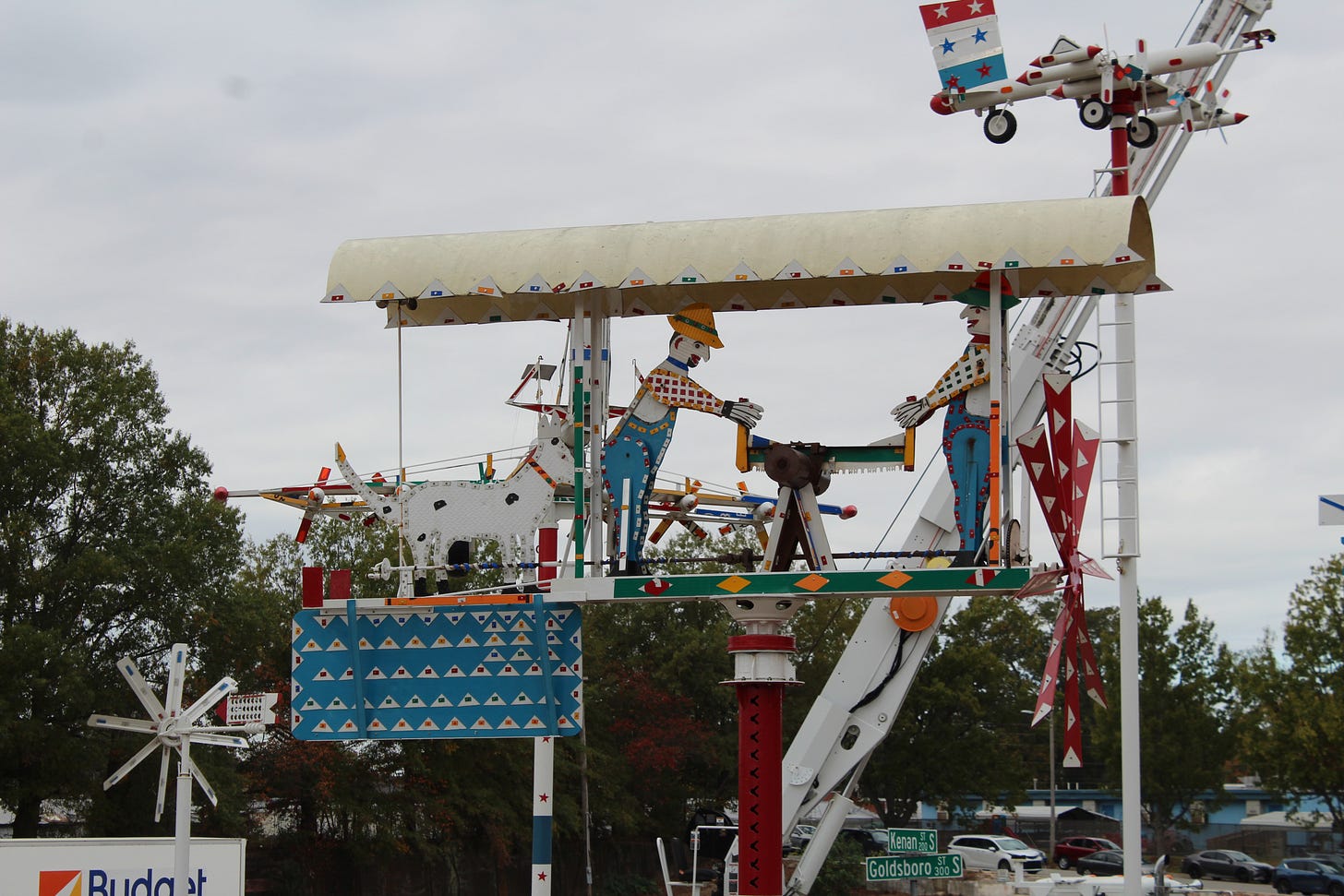8 counties to watch in North Carolina
These are eight places you should be watching most closely, either for key legislative contests or a better understanding of how the presidential race is going.
Up and down the ballot, many North Carolina races will come down to the wire. With 100 counties in the state, I thought it’d be helpful to break down eight of the ones you should most closely monitor:
1. Mecklenburg County
This is the second-most populous county in the state of North Carolina. It’s also home to the most number of Democrats and most number of Black voters.
Without a strong showing in this county, Vice President Kamala Harris will be in store for a rough night. This might explain why she’s making one last push in the area in the final stretch of the campaign, with a rally in Charlotte on Saturday. Trump, meanwhile, held a rally in Gastonia (just west of Mecklenburg County) earlier in the day.
Through Friday, 54.1% of Mecklenburg County Democrats had cast a ballot, according to the John Locke Foundation vote tracker, state voter registration data and state absentee ballot report. Statewide, 55.2% of Democrats had voted.
The county’s overall 51% turnout rate was also lower than the statewide 53.3% turnout.
Mecklenburg County is also a critical battleground in the fight over the GOP’s legislative supermajority. There’s one somewhat competitive Democratic-leaning seat and two highly competitive House seats up for grabs.
The future of the presidency and future of policy in North Carolina for the next two years runs through Meck.
2. Buncombe County
Hurricane Helene devastated the Asheville region, and Buncombe County was at the center of it. While prevailing wisdom would be that a natural disaster would depress turnout, that hasn’t proven to be the case for Democrats.
Thru Friday, 61.6% of Democrats in the county cast a ballot, far more than the 55.2% of Democrats who voted statewide. Meanwhile, just 52.8% of registered Republicans in the county cast a ballot, far less than the party’s 60% statewide turnout.
This could spell trouble for Trump’s presidential hopes if the race is ultimately decided by a few thousand votes or less. Perhaps most consequentially, however, it could make or break the GOP’s legislative supermajority.
Rep. Lindsey Prather, a Buncombe County Democrat, saw her district reshuffled into an area Trump carried in 2020 by nearly 9 points. If she holds onto her seat against Republican challenger Ruth Smith, that could prove to be the contest that breaks the GOP supermajority.
3. New Hanover County
In 2020, nine of ten Council of State candidates who carried New Hanover County also won their statewide bids.
The county includes the city of Wilmington and is very much a bellwether at the statewide level. But it’s one of a handful of counties that flipped at the presidential level. In 2016, New Hanover County voters went for Trump by 4 percentage points. In 2020, it went to Biden by 2 points.
One thing that makes it so unpredictable this time: 42.3% of voters in the county are unaffiliated, well above the 37.8% share that unaffiliated voters account for statewide.
Through Friday, early voting numbers showed the following turnout by party:
GOP: 58.5%
DEM: 55%
UNA: 45.1%
New Hanover County also features one of the three Senate races likely to determine whether Republicans keep their supermajority.
Bottom Line: At the local, state and federal level, this area matters greatly. And the first wave of results that come from New Hanover County will be especially insightful.
4. Wake County
Wake County, which includes the city of Raleigh, is the most populous in North Carolina, thus giving it the most statewide influence. 1 in 9 North Carolina voters are Wake County residents.
The area also has the greatest number of competitive legislative races, with two House and two Senate contests in play.
And thru Friday, 58.8% of Wake County Democrats had turned, which was in greater numbers than Democrats statewide. That could prove important in legislative races and give Harris a needed boost.
5. Henderson County
This is the most populous conservative county impacted by Hurricane Helene. Through Friday, 57.6% of registered Republicans had voted in the area, compared to 59.2% of Democrats.
That’s a 2.4-point underperformance for Republicans and 4-point overperformance for Democrats relative to each party’s statewide turnout.
While this county will overwhelmingly go for Trump and there aren’t any competitive legislative seats to watch, it’ll be worth seeing whether the county sees a voting surge on Election Day.
6. Cumberland County
There’s been a lot of discussion nationally about Black turnout lagging in North Carolina, which could greatly hurt Harris and other statewide Democrats.
Black voters represent 19.7% of all registered North Carolinians, but only 17.5% of those who had cast a ballot through Friday.
While no demographic group is monolithic, Black voters have traditionally voted overwhelmingly for Democrats, making them a key constituency to watch.
On Election Night, many people will understandably look to Mecklenburg County, Durham County and Guilford County for a read on Black enthusiasm. That’s because they are in key media markets and are very populous.
But Cumberland County has often flown under the national media’s radar. And frankly, it’s not getting the spotlight it deserves this election cycle.
The city of Fayetteville is in Cumberland County. It is home to Fort Liberty, the largest U.S. Army military installation in terms of population, and Fayetteville State University, one of the nation’s largest HBCU’s. (Side note for passersby: You should also check out Carvers Creek State Park if you’re there)
Of the 21 North Carolina counties with at least 100,000 registered voters, Cumberland County has the greatest share of Black voters at 38.9%.
Through Friday, 53.3% of registered North Carolina voters had cast a ballot. Turnout among Black voters was lower, at 47.6%. And among Black Cumberland County voters, turnout was even lower, 40.2%.
The takeaway: Democrats have struggled getting people to vote early in Cumberland County. And if that continues on Election Day, Republicans could very well be the ones celebrating statewide.
7. Nash County
This is Democratic Gov. Roy Cooper’s home county.
And since 1988, he has been on the ballot in every presidential election cycle. That is, until now, as he will be termed out of the Governor’s Mansion at the end of the year.
With three highly competitive legislative races in Nash County this year, it will be interesting to see what impact Cooper’s absence might have on down-ballot candidates.
Nash County will also give a good insight into how the night is going at the presidential level, as it is among the most politically divided areas of the state.
In 2020, Biden carried it by 0.22 points, or 120 votes. And 2016 was even tighter, with Trump carrying it by 0.17 points, or 84 votes.
If we see a wide margin for either party, that could be a good indicator of how the night is going.
8. Wilson County
The last time a Republican presidential candidate won this county was in 2004. But it has tightened over time. Biden won it by 2.9 points in 2020, which was less than Clinton’s 5.6-point victory in 2016, which was less than Obama’s 7.5-point victory in 2012.
If the trend holds, Republicans could retain a key legislative seat that winds up cementing their supermajority.
With three days remaining in his gubernatorial campaign, Democratic Attorney General Josh Stein visited Wilson on Saturday to stump for Dante Pittman, the candidate looking to unseat Republican incumbent Ken Fontenot.
“We need to break the supermajority,” Stein said. “If we want to have balance restored to our state government, it’s not enough to just to elect a governor,” Stein said. “You’ve got to elect a governor and enough Democrats to uphold the governor’s veto.”
In the closing months of the election, Stein’s campaign gave the state party nearly $11.8 million to bolster candidates up and down the ballot. He said of the spending, “We’ve made investments in the state party so that they can invest in these key candidates, and we want to win.”
Through Friday, Democratic turnout was at 51.4% in Wilson County, which is short of the 55.2% statewide turnout. Meanwhile, the GOP’s 60.1% turnout in Wilson County is nearly identically to the party’s statewide turnout.










